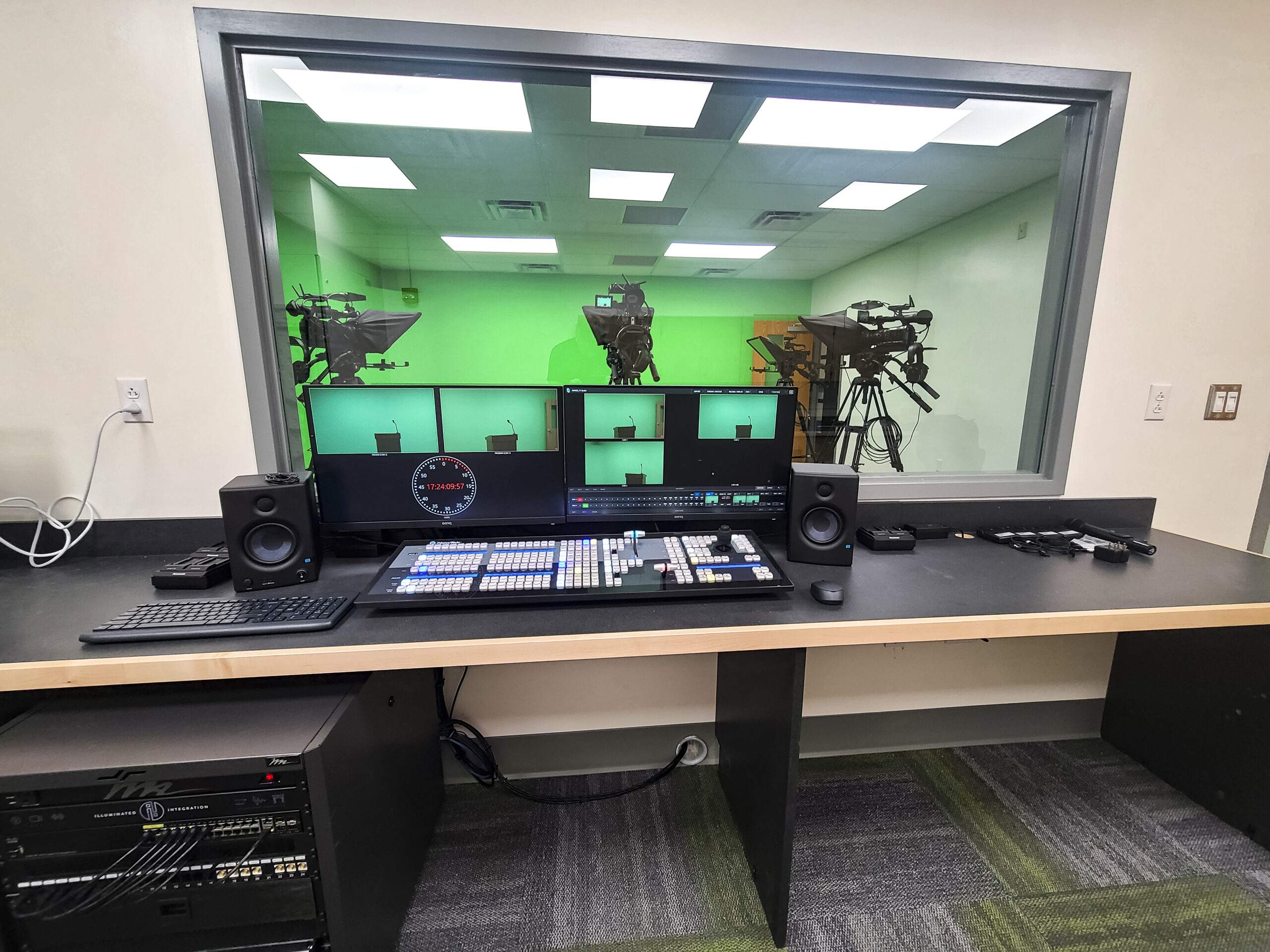In today’s fast-paced world, we are constantly surrounded by noise. Whether it’s the sound of traffic on our daily commute, the chatter in a busy office, or the blaring music at a concert, our ears are bombarded with a constant stream of sounds. This can not only be distracting but also harmful to our hearing. However, with the advancement of technology, we now have the ability to filter out unwanted noise and enhance our auditory capabilities. In this blog post, we will explore the world of in-ear noise-canceling technology and how it is revolutionizing the way we listen.
Unveiling the Secrets of In-Ear Noise-Canceling Technology

Noise-canceling technology has been around for decades, but it was primarily used in over-ear headphones. However, with the rise of portable devices such as smartphones and tablets, the demand for smaller and more convenient noise-canceling options has increased. This is where in-ear noise-canceling technology comes into play.
How does it work?
In-ear noise-canceling technology works by using small microphones to pick up external sounds and then producing an opposite sound wave to cancel out the noise. This process is known as active noise cancellation (ANC). The ANC technology is built into the earbuds themselves, making them compact and easy to use.
The first step in the process is for the microphones to pick up the external noise. These microphones are strategically placed on the earbuds to capture a wide range of frequencies. Once the noise is detected, the ANC system creates an inverse sound wave that is played through the earbuds. This inverse wave cancels out the external noise, leaving you with a quieter and more peaceful listening experience.
Types of ANC
There are two types of ANC used in in-ear noise-canceling technology: feedforward and feedback. Feedforward ANC uses the microphones on the outside of the earbuds to pick up external noise, while feedback ANC uses the microphones inside the earbuds to detect noise that has already entered the ear canal.
Feedforward ANC is more commonly used as it is more effective in canceling out low-frequency sounds, such as the hum of an airplane engine or the rumble of a train. Feedback ANC is better at canceling out higher frequency sounds, such as voices or music. Some in-ear noise-canceling devices use a combination of both types of ANC for maximum effectiveness.
Unleashing the Power of In-Ear Computers: Noise Reduction for Superior Hearing
In-ear noise-canceling technology not only blocks out external noise but also enhances our ability to hear. This is achieved through noise reduction, which is the process of filtering out unwanted background noise to improve the clarity of speech and other important sounds.
How does it work?
Noise reduction works by using advanced algorithms to analyze the incoming sound and differentiate between speech and background noise. The algorithms then amplify the speech while suppressing the background noise, making it easier to hear and understand conversations in noisy environments.
In-ear computers are equipped with powerful processors that can quickly analyze and process sound, making noise reduction possible in real-time. This means that you can have a conversation in a loud restaurant or listen to music in a crowded subway without being disturbed by external noise.
Benefits of noise reduction
The benefits of noise reduction go beyond just improving our listening experience. It can also have a positive impact on our overall well-being. Constant exposure to loud noises can cause stress, fatigue, and even hearing loss. By reducing external noise, we can reduce the strain on our ears and ultimately protect our hearing.
Additionally, noise reduction can improve our ability to focus and concentrate. In a noisy environment, our brains have to work harder to filter out unwanted sounds, which can be mentally exhausting. With noise reduction, we can eliminate this extra strain and improve our productivity.
The Revolutionary World of In-Ear Noise Filtration

In-ear noise-canceling technology has come a long way since its inception. Today, there are various types of in-ear devices that use different methods to achieve noise cancellation and reduction. Let’s take a look at some of the most popular options available on the market.
Earbuds with ANC
Earbuds with ANC (active noise cancellation) are the most common type of in-ear noise-canceling devices. They come in both wired and wireless options and are designed to fit comfortably in your ear while blocking out external noise. Some popular brands that offer earbuds with ANC include Apple, Sony, and Bose.
Custom-molded earplugs
For those who need maximum noise protection, custom-molded earplugs are a great option. These earplugs are made specifically for your ears and provide a snug fit, blocking out all external noise. They are commonly used by musicians, construction workers, and frequent travelers.
In-ear monitors
In-ear monitors (IEMs) are a type of earphone that is commonly used by musicians during live performances. They not only provide noise cancellation but also allow the user to hear their own voice or instrument clearly. This is achieved through a process called “monitoring,” where the IEMs pick up the sound from the microphone and play it back to the musician in real-time.
In-Ear Computers: Transforming Everyday Listening into an Immersive Experience
In-ear computers are a relatively new concept, but they are quickly gaining popularity due to their advanced features and capabilities. These devices combine the functions of traditional in-ear headphones with the power of a computer, making them a versatile and powerful tool for everyday use.
Features of in-ear computers
In-ear computers come with a range of features that make them stand out from traditional headphones. Some of these features include:
- Voice control: In-ear computers can be controlled through voice commands, making them hands-free and convenient to use.
- Biometric tracking: Some in-ear computers come equipped with biometric sensors that can track your heart rate, steps, and other health-related data.
- Translation capabilities: With the help of AI technology, some in-ear computers can translate languages in real-time, making them a useful tool for travelers.
- Augmented reality: In-ear computers can also provide an immersive augmented reality experience, allowing users to interact with their surroundings in a whole new way.
Applications of in-ear computers
The possibilities of in-ear computers are endless. They can be used for various purposes, including:
- Fitness tracking: With biometric sensors, in-ear computers can track your fitness progress and provide real-time feedback on your workouts.
- Language learning: The translation capabilities of in-ear computers make them a great tool for learning a new language.
- Gaming: In-ear computers can provide an immersive gaming experience, allowing players to feel like they are inside the game.
- Virtual meetings: With noise-canceling and noise reduction capabilities, in-ear computers are perfect for virtual meetings, providing clear audio and eliminating background noise.
In-ear noise-canceling technology has come a long way since its inception and is now more advanced than ever before. With the ability to block out external noise and enhance our auditory capabilities, in-ear devices have transformed the way we listen. From earbuds with ANC to custom-molded earplugs and in-ear computers, there is a wide range of options available to suit different needs and preferences. As technology continues to advance, we can only expect to see more innovative and powerful in-ear devices in the future.


